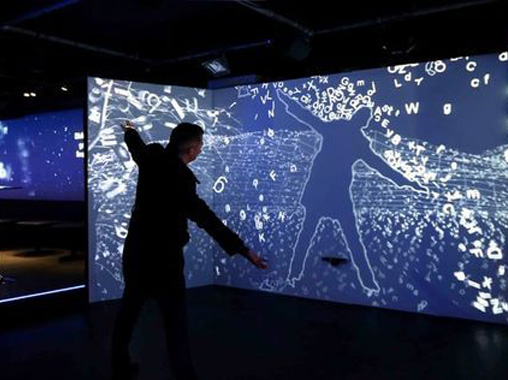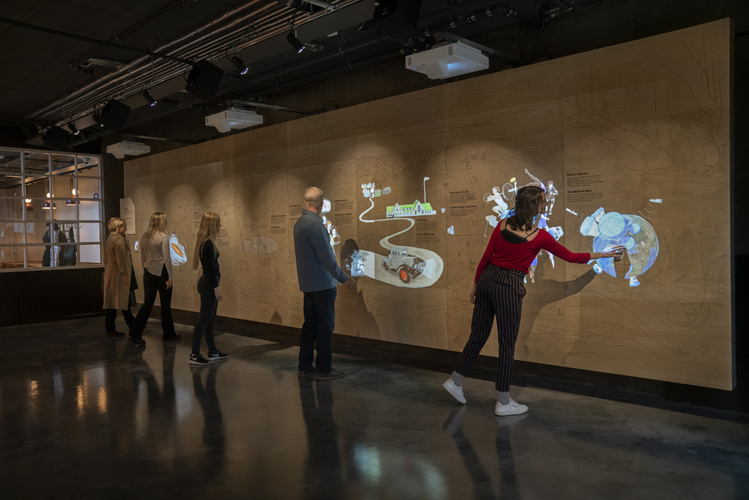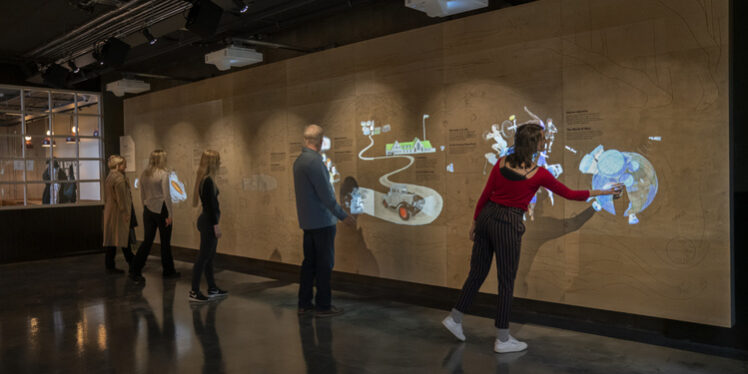I. Technical Principles
1. Gesture-Based Interactive Projection
Gesture-based interactive projection technology combines depth cameras and projectors, recognizing user gestures and movements and mapping them onto a virtual interactive interface, enabling contactless control. It involves computer vision techniques such as visual detection, image processing, and 3D reconstruction.

2. LiDAR Large Screen Interaction
LiDAR large screen interaction technology relies on millimeter-wave lidar sensors installed around the large screen to detect user positions and gestures, enabling contactless control of the screen interface. It depends on precise lidar ranging and motion capture technologies.

II. Advantages and Disadvantages Comparison
1. Gesture-Based Interactive Projection
Advantages:
- Natural interaction through gestures and movements for controlling virtual interfaces, providing a good user experience
- Can create immersive virtual scenes through 3D reconstruction, offering a strong visual impact
- Requiring depth cameras and projectors
Disadvantages:
- Highly affected by ambient light conditions, with both dim and excessively bright light impacting the effect
- Limited detection range, typically covering only the area near the projected image
- Relatively high cost, requiring high-performance equipment and professional software algorithms
- Only one person at a time within a specific range
2. LiDAR Large Screen Interaction
Advantages:
- Large detection range, covering spaces from a few meters to hundreds of meters
- Less affected by ambient light or obstructions, offering robust applicability
- Low hardware requirements, mainly lidar sensors, resulting in lower deployment costs
- Support multi touch for many users
Disadvantages:
- Lack the immersive experience of virtual visuals
- Unable to support complex gesture and motion recognition
III. Summary
Gesture-based interactive projection excels in visual impact and natural interaction experience, but is more affected by environmental factors and has higher deployment costs. Lidar large screen interaction, on the other hand, offers a wider coverage range, robust applicability, and simple deployment. Both technologies have their advantages and can be chosen based on specific application scenarios or combined to design more advanced interactive systems leveraging the strengths of both.







